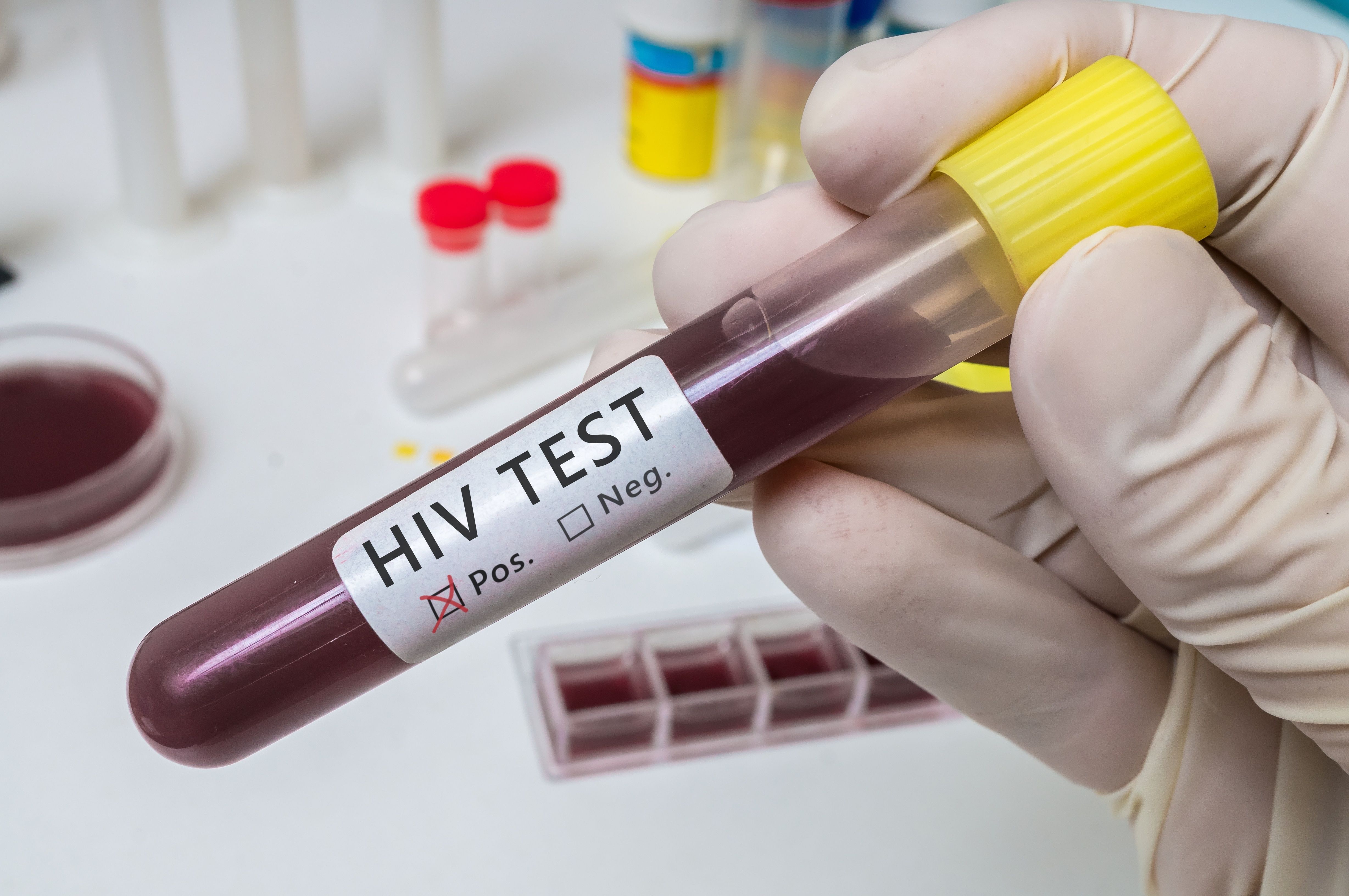
Article
Antiretroviral Therapy May Completely Decrease Risk of HIV Transmission to Sexual Partner
Author(s):
Patients with a low but detectable viral load posed virtually no risk of passing HIV on to their sexual partner if they were taking WHO-recommended antiretroviral therapy.
Patients who take daily antiretroviral therapy (ART) to maintain low levels of HIV have an almost 0% risk of transmitting the disease to their sexual partner, according to a systematic review published in The Lancet. These pivotal findings will be presented ahead of the 12th International AIDS Society Conference on HIV Science (IAS 2023) in Australia.
Image credit: vchalup - stock.adobe.com

“The ultimate goal of antiretroviral therapy for people living with HIV is to maintain undetectable viral loads, which will improve their own health and prevent transmission to their sexual partners and children,” said co-author Lara Vojnov, World Health Organization (WHO), in a press release. “This provides a powerful opportunity to help destigmatize HIV, promote the benefits of adhering to antiretroviral therapy, and support people living with HIV.”
There is no risk of transmission with viral loads below 200 copies/mL, according to previous research, but investigators conducted systematic review of 8 studies with 7762 serodiscordant couples (1 partner has HIV) to understand the risk of sexual transmission of HIV at different viral loads.
This study confirmed that the risk of transmission is also extremely rare even for individuals with suppressed viral load (less than 1000 copies/mL). Only 2 sexual transmissions among 323 total sexual transmissions involved 1 partner with a viral load below 1000 copies of HIV per milliliter of blood (copies/mL), but it’s important to note that the viral load test was done 50 days prior to transmission.
According to previous research, 80% of transmissions occurred when viral load was above 10,000 copies/mL, although viral loads can reach anywhere between 30,000 and 500,000 copies/mL without ART, which significantly increases risk of morbidity and mortality.The WHO analysis also found that patients with an undetectable viral load of less than 50 copies/mL pose no risk of transmitting HIV.
The findings were concurrently published alongside a WHO policy update on viral load testing guidelines. The WHO guidance aims to educate policymakers, public health professionals, and people living with HIV about transmission prevention, use of ART, and to support global efforts to achieve undetectable viral loads, according to the study authors.
Study limitations included that the definition of low viral load is not unanimous across studies. In addition, investigators would need larger sample sizes for more precise estimates, the findings do not apply to the HIV transmission between a mother and child, and especially because transmission would look different from sexual transmission methods.
Viral load testing using lab-based plasma sample methods is effective, but not feasible, worldwide, but this new research promotes other testing modalities.
“Crucially, this conclusion can promote the expansion of alternative viral load testing modalities that are more feasible in resource-limited settings,” said Laura Broyles, MD, Global Health Impact Group, Atlanta, Georgia, in the press release. “Improving access to routine viral load testing could ultimately help people with HIV live healthier lives and reduce transmission of the virus.”
Reference
The Lancet: People on ART with low but detectible levels of HIV viral load have almost zero risk of sexually transmitting the virus to others, in-depth review suggests. The Lancet. News Release. July 22, 2023. Accessed on July 25, 2023. https://www.eurekalert.org/news-releases/996354
Newsletter
Stay informed on drug updates, treatment guidelines, and pharmacy practice trends—subscribe to Pharmacy Times for weekly clinical insights.
2 Commerce Drive
Cranbury, NJ 08512
All rights reserved.





